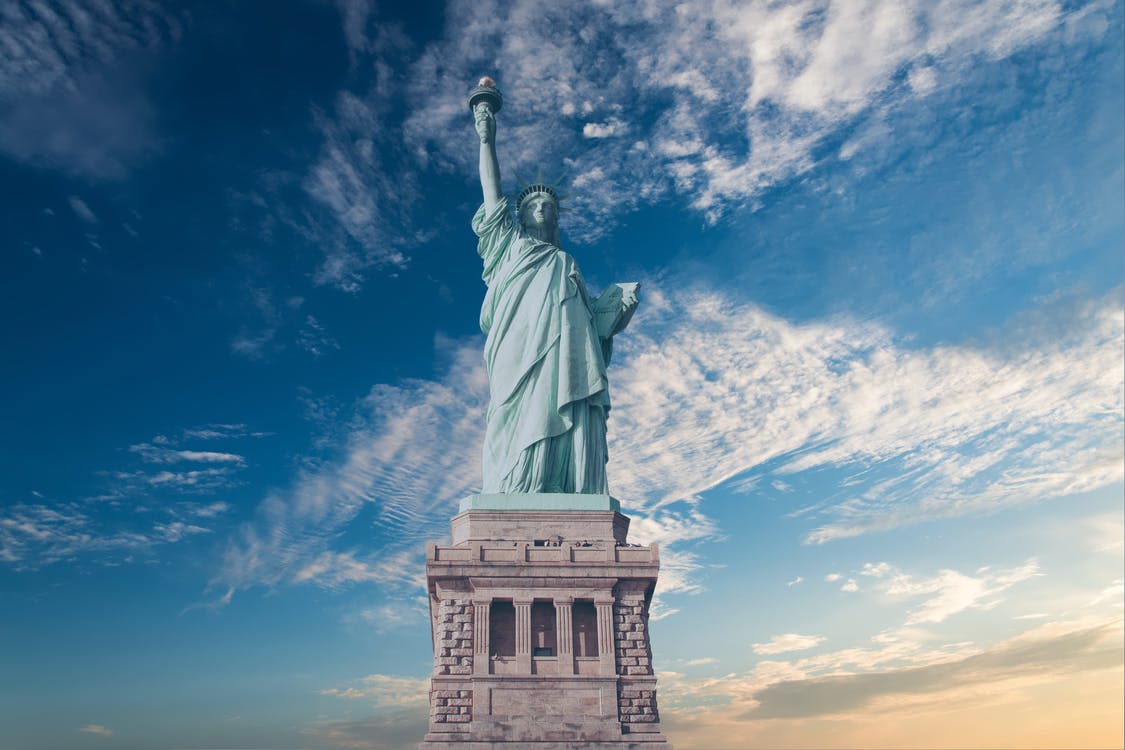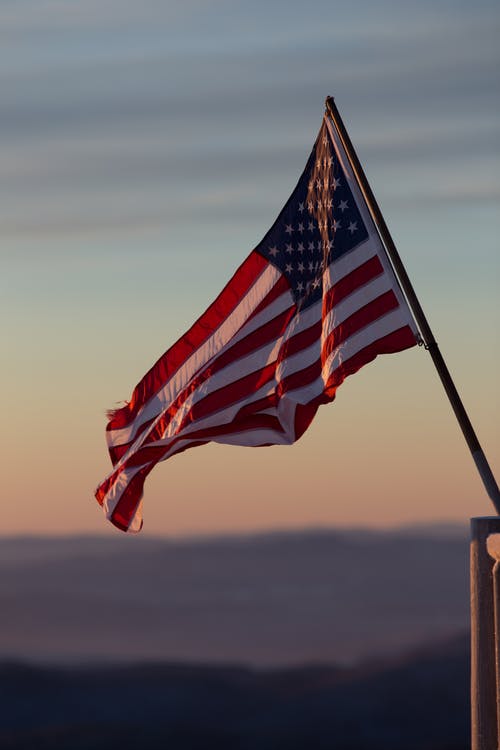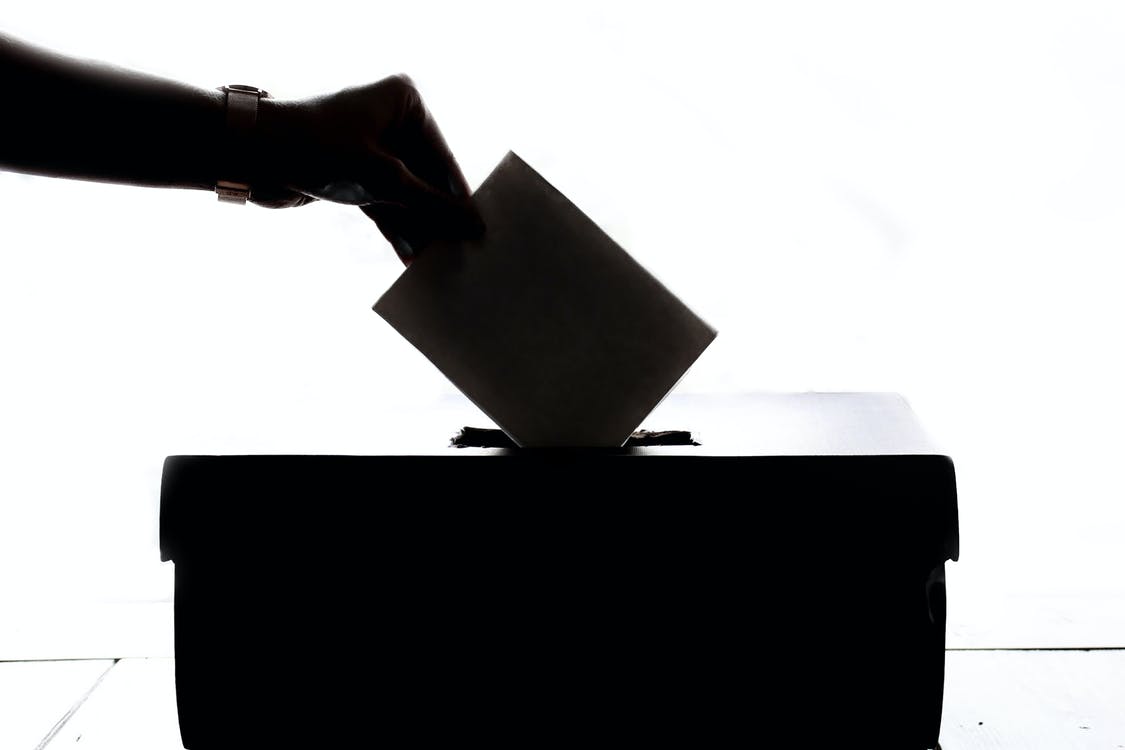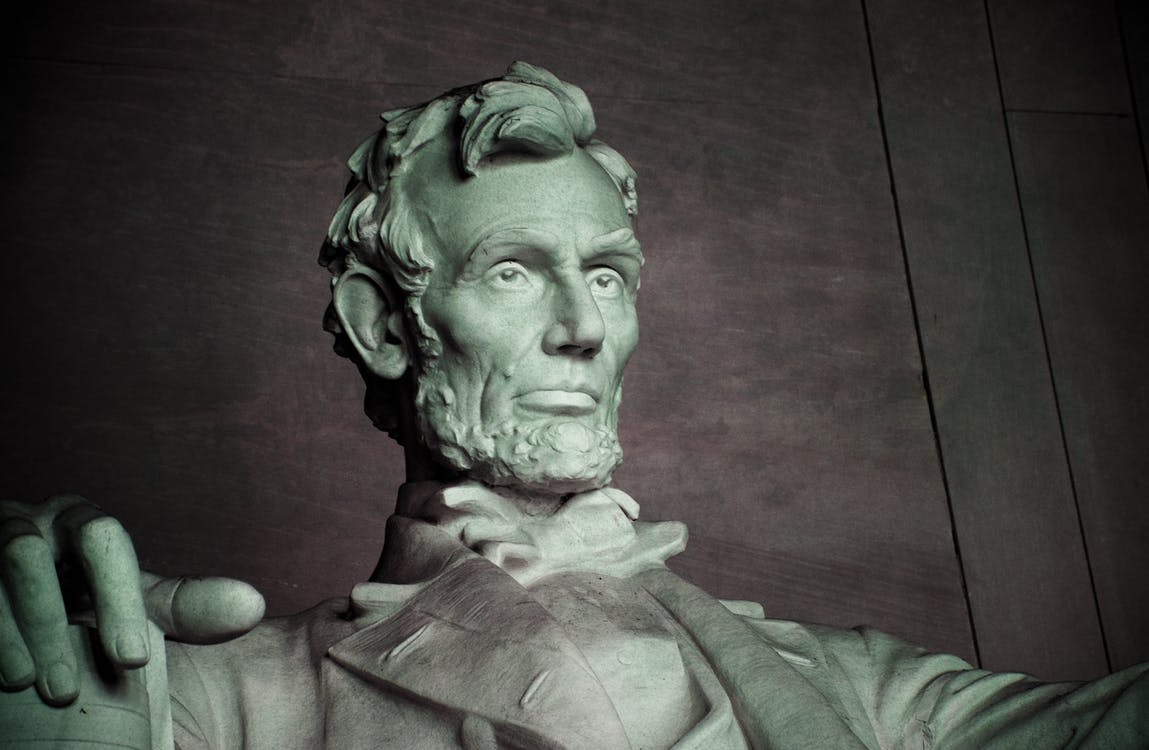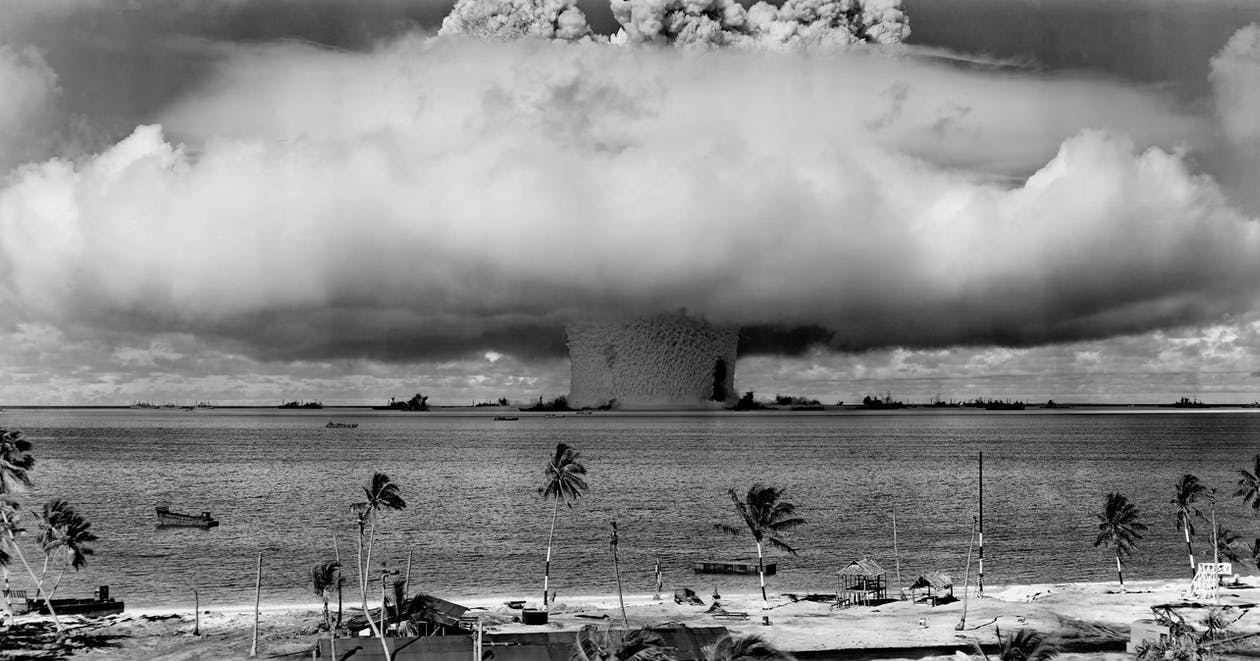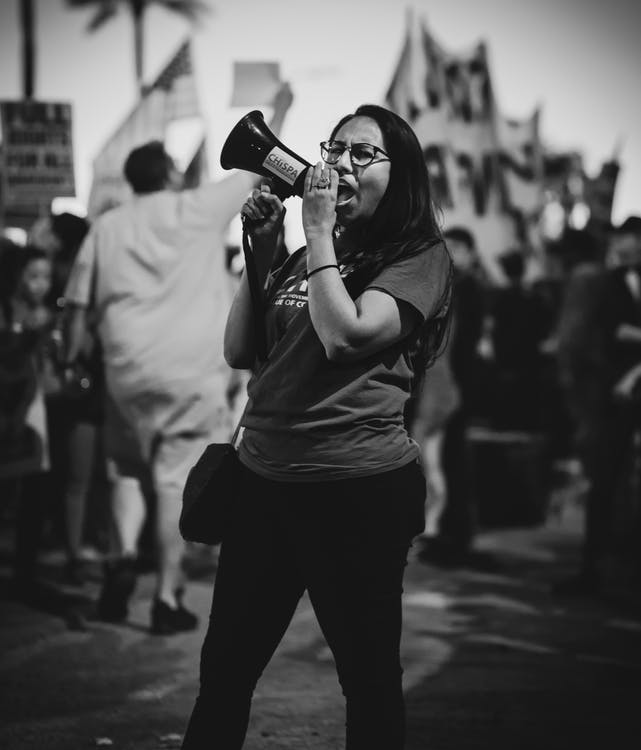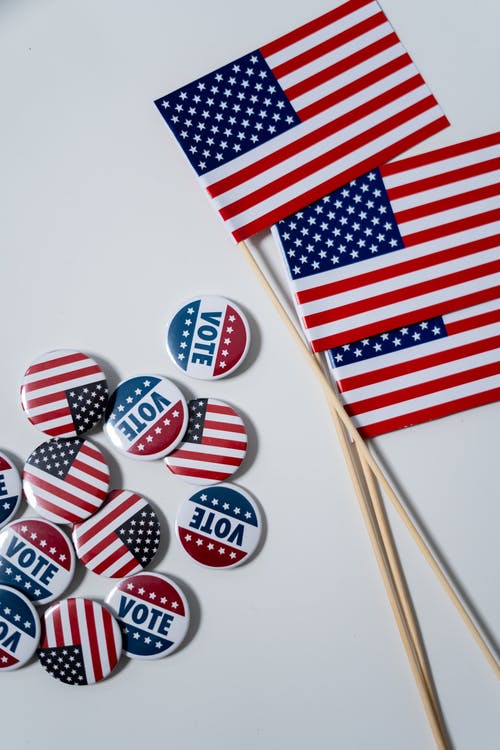Over the years, the US has emerged as the sole superpower in the world. This superpower has undergone several heads of state that have helped establish where it stands today. Several presidents have left an ever-lasting impact on the history and the future of the US.
In the United States, the president is vested with a great position and is seemingly the most impressive chosen official worldwide. Unlike numerous nations with parliamentary types of government, the head of state or the President is not predominantly formal.
Initially, the presidency was planned to be a little establishment because it was dangerous to put liberty at risk by trusting the executive authority.
In this piece, we’ll be discussing how each notable president shaped the future of the US.
George Washington
The first president of the US and leader of the American Revolution.
When the Second Continental Congress collected in Philadelphia in May 1775, Washington, one of the Virginia delegates, was chosen Commander in Chief of the Continental Army.
On July 3, 1775, at Cambridge, Massachusetts, he took the order of his not well-prepared soldiers and left upon a conflict that was to last six difficult years.
When the French Revolution prompted a significant conflict among France and England, Washington would not completely acknowledge the proposals of either his Secretary of State Thomas Jefferson, who was favorable to the French, or his Secretary of the Treasury Alexander Hamilton, who was supportive of the British.
He demanded a neutral course until the United States could develop further.
Thomas Jefferson
When Thomas Jefferson was President, from 1801 to 1809, the US administration purchased the Louisiana Territory. The Louisiana Purchase made the United States twice as large as it had been.
President Jefferson unequivocally accepted the majority rules system and fairness. He felt that individuals ought not to bow to the President, so he warmly greeted everybody he met.
Abraham Lincoln
Abraham Lincoln, the sixteenth President, was in office during the Civil War. The Civil War was battled because many of the states couldn’t concur on the issue of subjection.
President Lincoln needed all Americans to be free, so he marked the Emancipation Proclamation, which liberated the slaves.
John Wilkes Booth killed President Lincoln on April 14, 1865.
If you are interested in knowing more about Lincoln’s assassination, check out our guide, Opponents, and Assassination of Abraham Lincoln.
Theodore Roosevelt
The 26th President, Theodore Roosevelt, had been a cattle rustler in the Dakota Territory and adored the outside. He often thought about the country’s regular assets and called a White House Conference on Conservation.
He set up public parks and a great many sections of land of public timberlands.
Woodrow Wilson
After WWI, President Woodrow Wilson attempted to get all nations to combine in a world association called the League of Nations.
He was given an amazing privilege in 1919- – the Nobel Peace Prize.
Franklin Roosevelt
Franklin Roosevelt was chosen President multiple times. He held office from 1933 to 1945 and lived in the White House for over twelve years.
He made positions for individuals during and after the Great Depression and filled in as Commander in Chief during World War II.
Harry Truman
During World War II, with the attack of Japan fast approaching, Truman endorsed the timetable for dropping the two atomic bombs. Truman consistently said assaulting Japan with nuclear bombs saved many lives on the two sides.
He carried out the Marshall Plan to remake the economy of Western Europe after World War II and set up the Truman Doctrine and NATO to contain the socialist extension.
John F. Kennedy
When John F. Kennedy was President, from 1961 to 1963, he sent the first Americans into space. He additionally began the Peace Corps.
If you want to read more about Kennedy’s policies, check out our guide, Presidency, and Policies of John F. Kennedy.
Lyndon Johnson
President Lyndon Johnson marked the Civil Rights Act of 1964, precluding racial separation in casting a ballot, education, and different areas.
If you are interested to know more about Lyndon Johnson, check out our guide, Brief Biography of Lyndon Johnson.
Richard Nixon
As President, Richard Nixon opened relations with the People’s Republic of China and ventured out to the Soviet Union to consent to an arms restriction arrangement.
Ronald Reagan
President Ronald Reagan began chats with the Soviet Union that prompted the Intermediate-Range Nuclear Forces (INF) Treaty in 1987.
This arrangement decreased the number of atomic rockets held by the United States and the Soviet Union.
Bill Clinton
On September 12, 1994, President Bill Clinton dispatched his public assistance program, AmeriCorps, which gave freedom to youngsters to serve in their networks in return for credit for education or job training.
President Clinton worked with arrangements between Israel and Jordan that ended over forty years of threats between these two countries.
This noteworthy handshake between Jordan’s King Hussein and Israel’s Prime Minister Rabin gave the world a new expectation for harmony in the Middle East.
George W. Bush
George W. Bush, America’s 43rd President (2001-2009), was changed into a wartime President due to the airborne terrorist attack on September 11, 2001, confronting the “greatest challenge of any President since Abraham Lincoln.”
Bush formed a new bureau-level Department of Homeland Security and sent American troops into Afghanistan to fight the Taliban.
His most questionable endeavor was the invasion of Iraq on the conviction that Iraqi President Saddam Hussein represented a grave danger to the United States.
Barack Obama
When Barack Obama was elected president in 2008, he turned into the first African American to hold office.
The designers of the Constitution consistently trusted that the administration would not be restricted to Americans of riches or family associations. Subject to the biases of their time—many of them had slaves—most would not have predicted an African American president.
During Obama’s first tenure, in 2011, Osama bin Laden was killed by American forces in Pakistan.
Donald J Trump
Trump recognized Israeli sovereignty over the Golan Heights and moved the American Embassy from Tel Aviv to Jerusalem, recognizing the ancient city as Israel’s capital.
Conclusion
Over the years, several historical events have occurred in the history of the American presidency. These historical events have shaped the famous “American Dream.” These moments have an everlasting impact on America and the American populace. These
events have shaped America to become the sole superpower.


